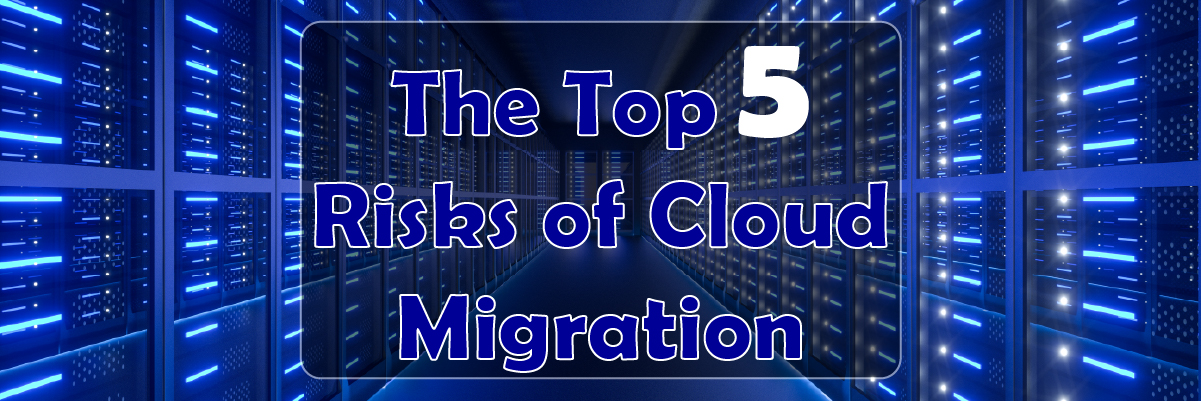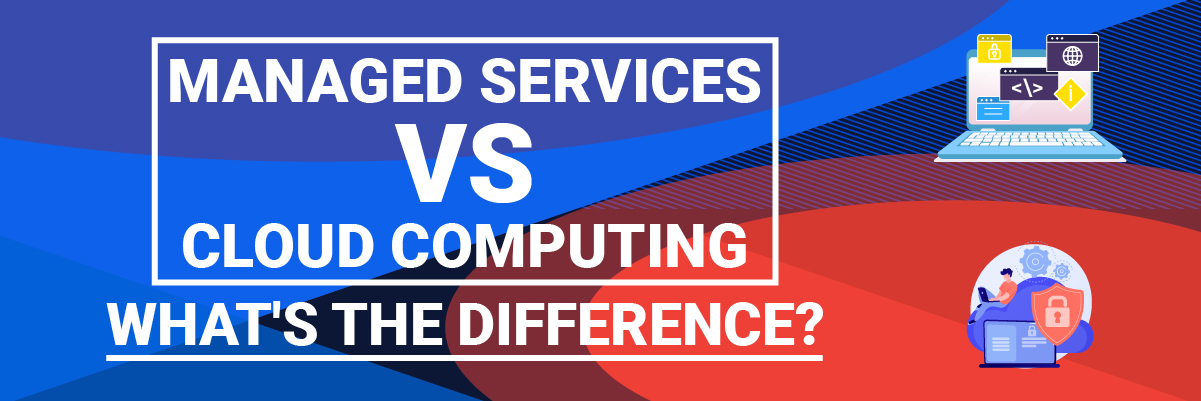How To Reduce Your Cloud Computing Costs
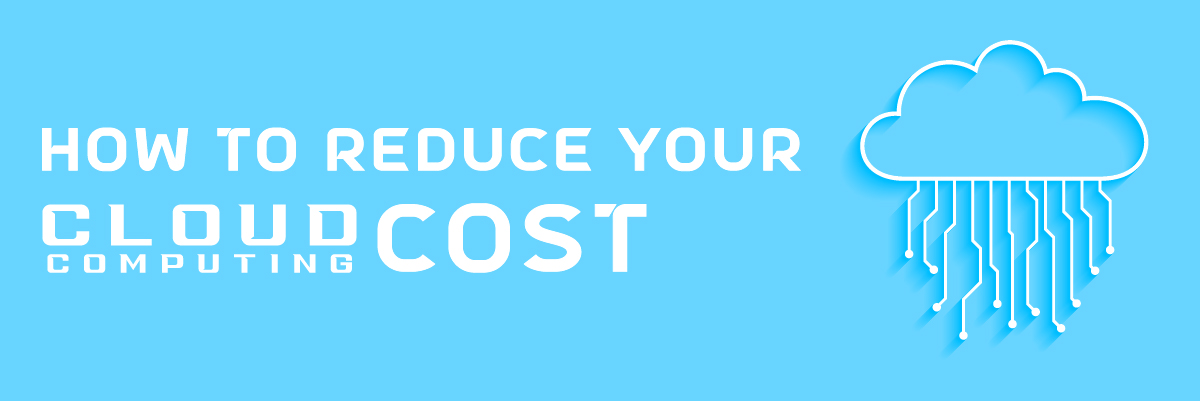
How To Reduce Your Cloud Computing Costs
Cloud computing has revolutionized businesses’ operations, offering unparalleled scalability, flexibility, and efficiency. However, as organizations increasingly rely on cloud services, managing and optimizing the associated costs becomes crucial. Cloud computing costs can quickly escalate if left unchecked, impacting the overall budget and profitability.
This blog post will explore practical strategies to reduce cloud computing costs without compromising performance or functionality. By implementing these cost optimization techniques, you can unlock significant savings and allocate resources more efficiently, allowing your organization to maximize its cloud investment.
Join us as we delve into cloud cost optimization strategies, empowering you to take control of your cloud expenses and optimize your cloud infrastructure for enhanced financial sustainability. Let’s optimize cloud costs AWS and get started on your journey toward a more cost-efficient cloud environment.
Mastering Cost Efficiency
1. Evaluate your Current Cloud Usage and Costs
Before effectively reducing your cloud computing costs, evaluating your current cloud usage and costs is important. Start by assessing your cloud infrastructure and services, reviewing your architecture, and identifying unused or underutilized resources that can be downsized or terminated. Analyze workload patterns to optimize resource allocation and avoid overprovisioning.
Review your cloud provider’s billing and usage reports to understand cost breakdowns and usage patterns. Identify cost drivers and areas where costs can be optimized, such as evaluating service levels, eliminating idle resources, and considering geographical placement for competitive pricing.
Conducting a comprehensive evaluation will provide insights into cost optimization opportunities, serving as the foundation for implementing targeted strategies to reduce cloud computing expenses.
2. Utilize Cost Management Tools and Features
Utilizing your cloud provider’s cost management tools and features is essential to effectively reduce your cloud computing costs. Native cloud provider tools offer valuable insights, monitoring capabilities, and optimization recommendations.
Use cost monitoring and analysis dashboards to track spending patterns and identify outliers. Optimize cloud costs AWS, set up budget thresholds and alerts to proactively manage costs and avoid unexpected overages. Additionally, leverage the cost optimization recommendations provided by your cloud provider, which may include rightsizing instances, utilizing reserved models or savings plans, and exploring spot instances.
Consider exploring third-party cost optimization tools that specialize in cloud cost management. These tools provide advanced analytics, forecasting, and automation capabilities, enabling you to optimize resource allocation and automate cost control measures.
By utilizing these tools effectively, you can gain better visibility into your cloud costs and identify opportunities for optimization, ultimately leading to significant cost savings.
3. Optimize Resource Allocation
To reduce cloud computing costs, optimizing resource allocation is crucial. One way to achieve this is by right-sizing your cloud instances. Evaluate the specific performance requirements of your applications and choose instance types that meet those needs without unnecessary overprovisioning. Monitor resource utilization and downsize or reconfigure instances that consistently operate below capacity—additionally, leverage instance families your cloud provider offers to select the most cost-effective options.
Another strategy is to utilize auto-scaling capabilities and reduce cloud infrastructure expenses. Understand the workload patterns of your applications and set up auto-scaling rules based on metrics like CPU utilization or network traffic. This allows resources to be automatically scaled up during peak times and scaled down during off-peak periods, ensuring efficient resource allocation.
Consider implementing serverless architecture by migrating parts of your applications to serverless services. With serverless computing, resources are allocated based on actual usage, eliminating the need for constant provisioning and management of infrastructure. By optimizing resource allocation through right-sizing, auto-scaling, and serverless architecture, you can achieve cost savings by efficiently matching resources to workload demands.
4. Optimize Storage and Data Transfer Costs
To optimize storage and data transfer costs in your cloud computing environment, there are several strategies you can implement. Start by evaluating storage options and selecting the appropriate storage class based on your data access patterns and retrieval needs. Implement data lifecycle management to automatically transition infrequently accessed data to lower-cost storage tiers or archive options.
Optimize storage usage by regularly removing or archiving unnecessary data and utilizing compression and deduplication techniques to reduce storage consumption. Minimize data transfer costs by leveraging content delivery networks (CDNs) to cache and deliver frequently accessed content closer to end-users.
Optimize data transfer methods using efficient transfer techniques such as bulk transfers or incremental backups. Take advantage of cloud provider pricing tiers and select the most cost-effective options for data transfer based on volume and distance.
By implementing these strategies, you can optimize storage and data transfer costs, significantly saving your cloud computing expenses.
 5. Implement Cost-saving Strategies
5. Implement Cost-saving Strategies
You can adopt several effective techniques to implement cost-saving strategies in your cloud computing environment. Start by utilizing Reserved Instances (RIs) or Savings Plans for workloads with stable usage patterns, which offer significant cost savings compared to On-Demand instances.
Optimize containerization and orchestration by leveraging technologies like Docker and Kubernetes, and implement auto-scaling policies for containers to allocate resources efficiently. Embrace serverless computing for suitable workloads, reducing costs by eliminating infrastructure provisioning and optimizing function execution time and memory usage.
Additionally, implement cost-aware application design by utilizing caching mechanisms, optimizing data storage and retrieval, and continuously monitoring and optimizing your cloud usage through cost and usage reports.
By establishing cost governance measures and regularly reassessing and adjusting your strategies, you can reduce cloud storage expenses while maintaining optimal performance in your cloud computing environment.
Optimize Cloud Cost with Protected Harbor’s Advanced Cloud Services
Reducing cloud computing costs is essential to optimizing your cloud environment. You can achieve significant savings while maintaining performance and functionality by evaluating your current cloud usage and costs, utilizing cost management tools, optimizing resource allocation, and implementing cost-saving strategies.
Regarding cloud service providers in the US, Protected Harbor stands out as a top choice, recognized by Goodfirms. As a leading provider, they offer a range of features that enhance cost efficiency and overall cloud management. Some notable features of Protected Harbor include:
- Advanced Cost Management: Protected Harbor provides robust cost management tools and dashboards that offer comprehensive insights into your cloud spending. This enables you to track costs, set budget thresholds, and implement proactive cost-saving measures.
- Flexible Pricing Options: Protected Harbor offers flexible pricing options, including pay-as-you-go models, Reserved Instances, and Savings Plans. This lets you choose the most cost-effective pricing model based on your workload requirements and budget.
- Cost Optimization Recommendations: Protected Harbor provides intelligent recommendations to reduce cloud storage expenses, such as rightsizing instances, leveraging spot instances, and identifying underutilized resources. These recommendations help you make informed decisions to maximize cost savings.
- Comprehensive Security and Compliance: Protected Harbor prioritizes security and compliance, protecting your data and applications. They offer robust security measures, including data encryption, identity and access management, and compliance certifications, such as ISO 27001 and SOC 2.
With Protected Harbor’s reliable services and cost cost optimization strategies, you can effectively reduce your cloud computing costs while enjoying top-notch security and performance.
Ready to optimize your cloud costs and enhance your cloud management with Protected Harbor? Take the next step and sign up for our cloud migration services today!

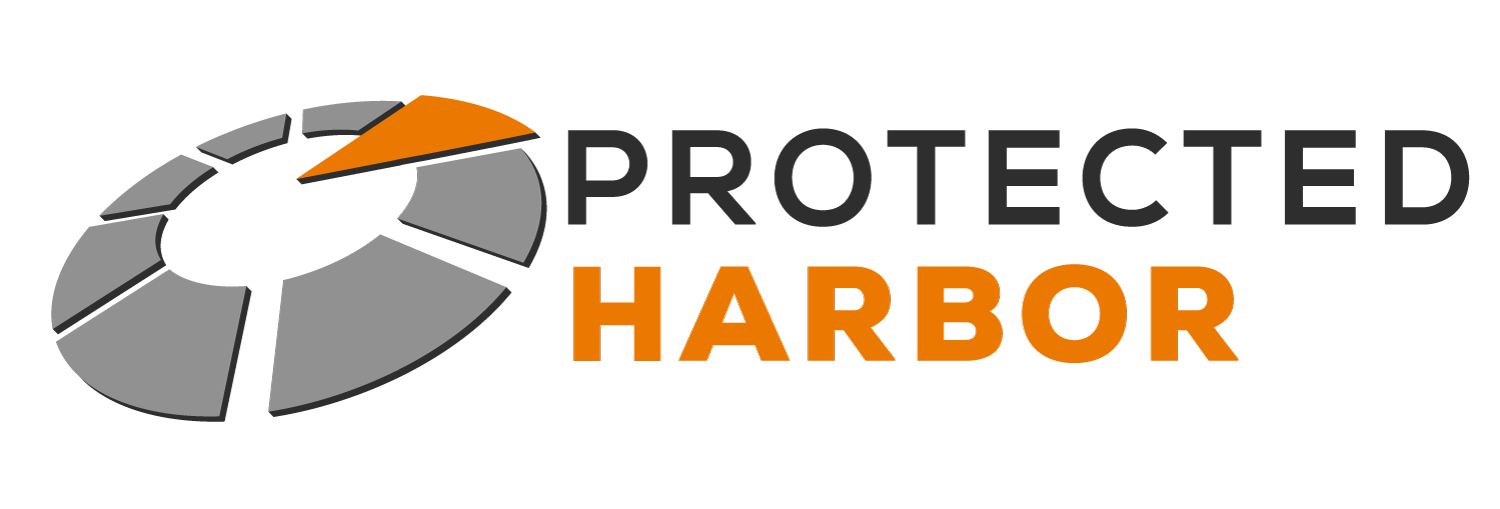
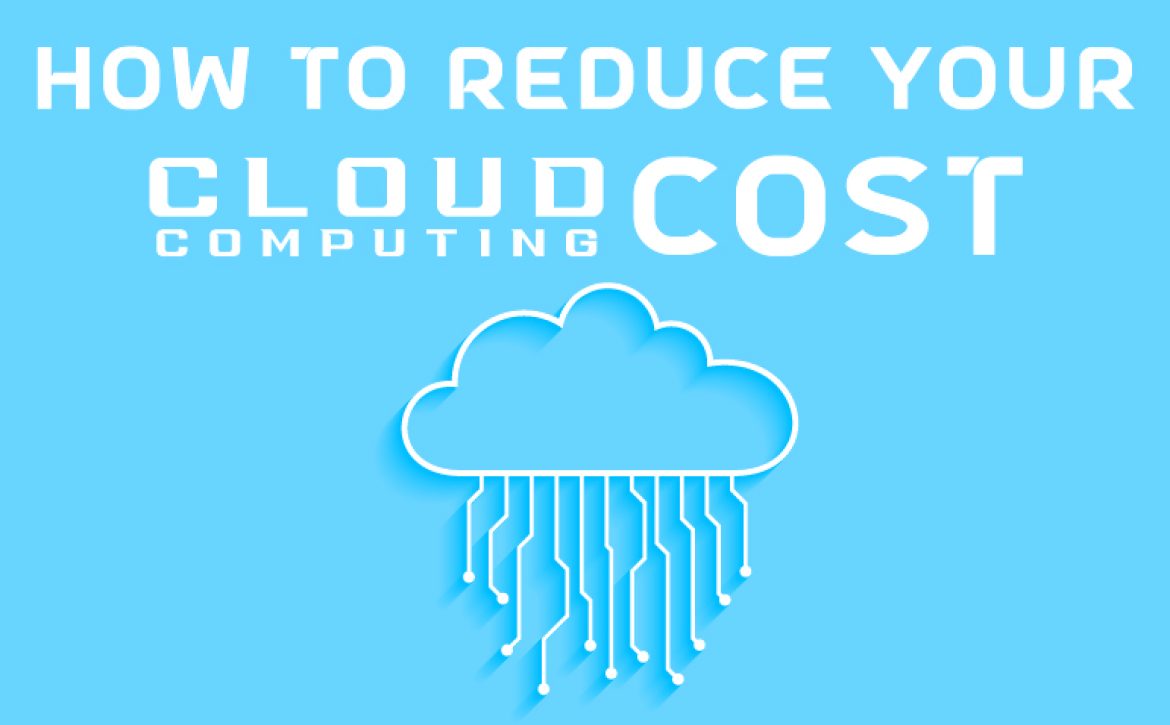


 Best Practices for Managing Data Security and Privacy Concerns in Cloud Computing
Best Practices for Managing Data Security and Privacy Concerns in Cloud Computing
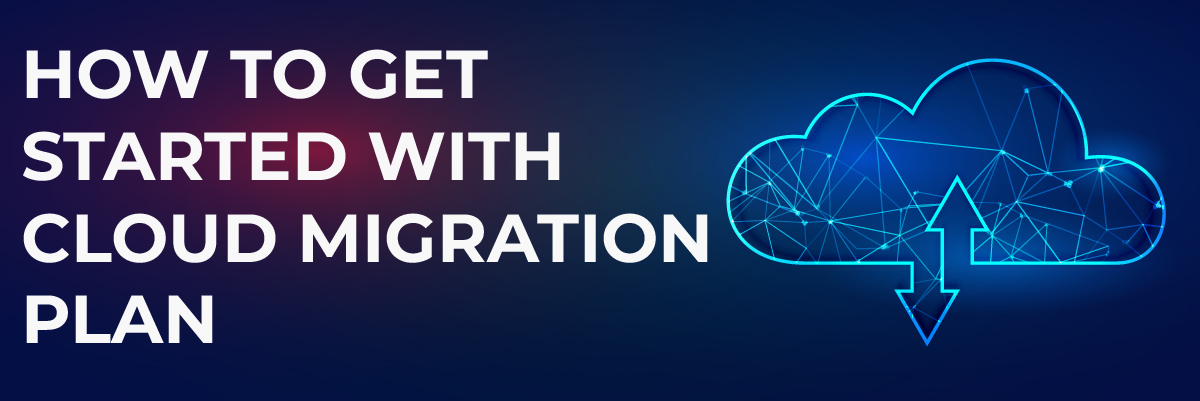
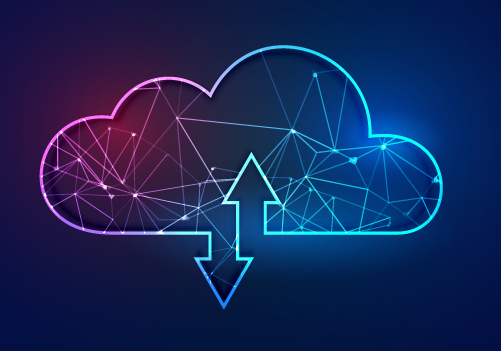
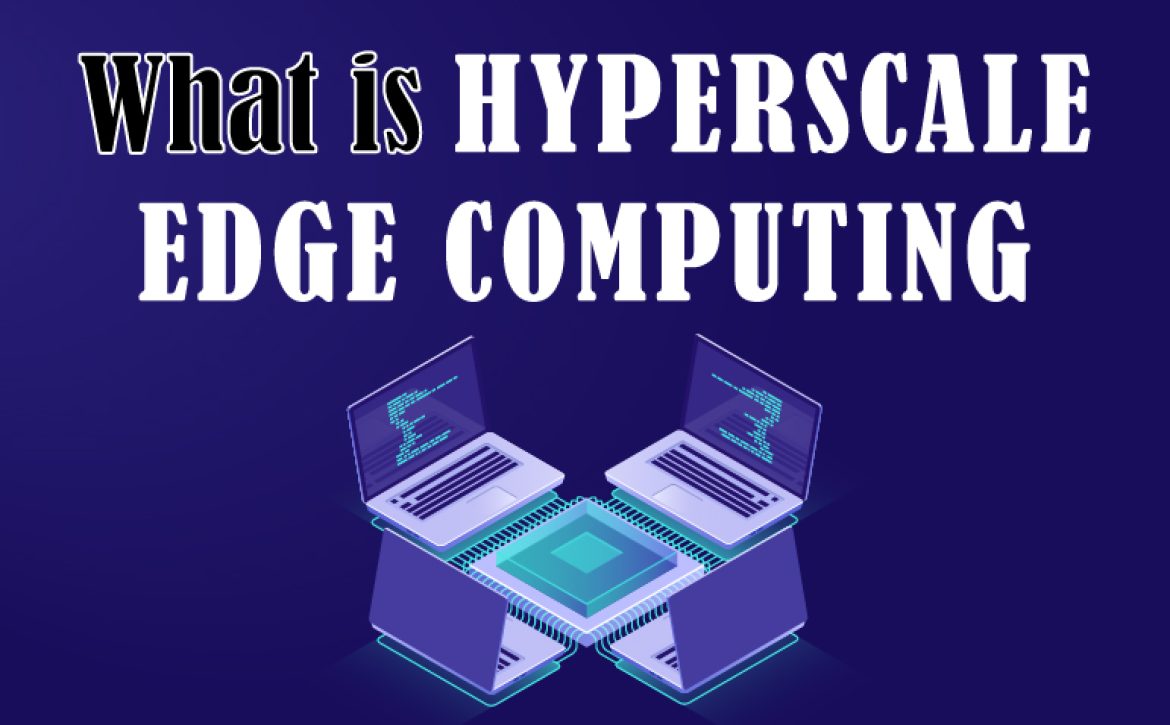
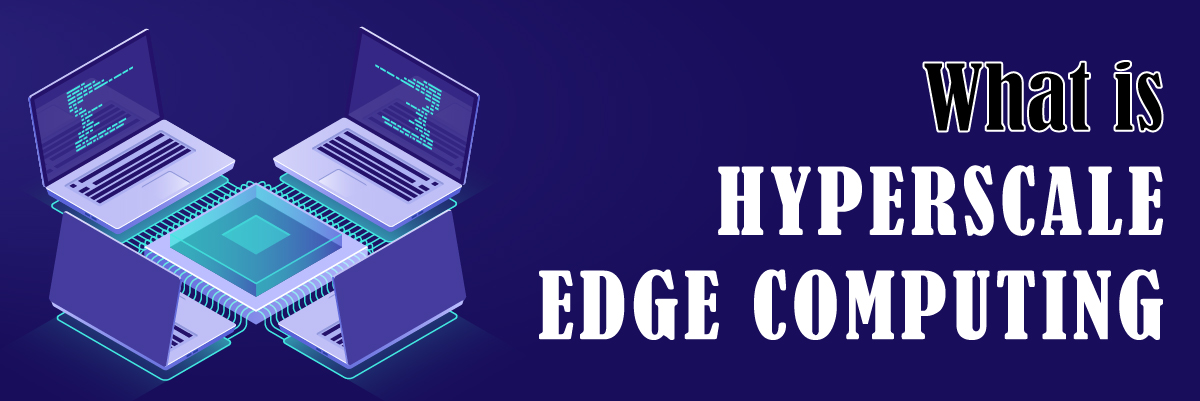
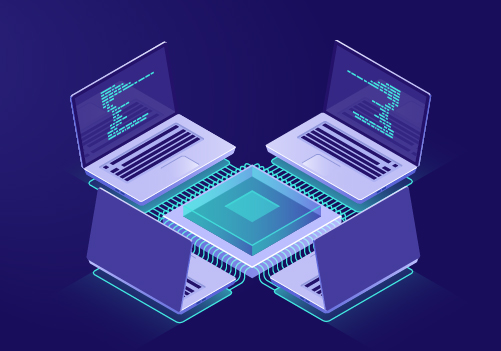


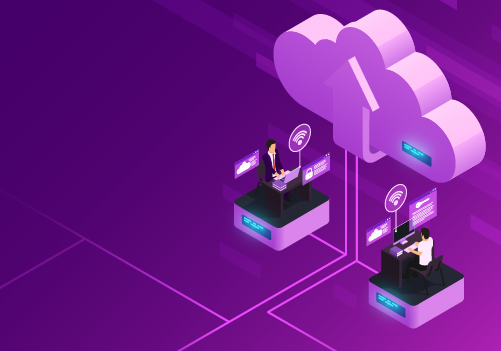

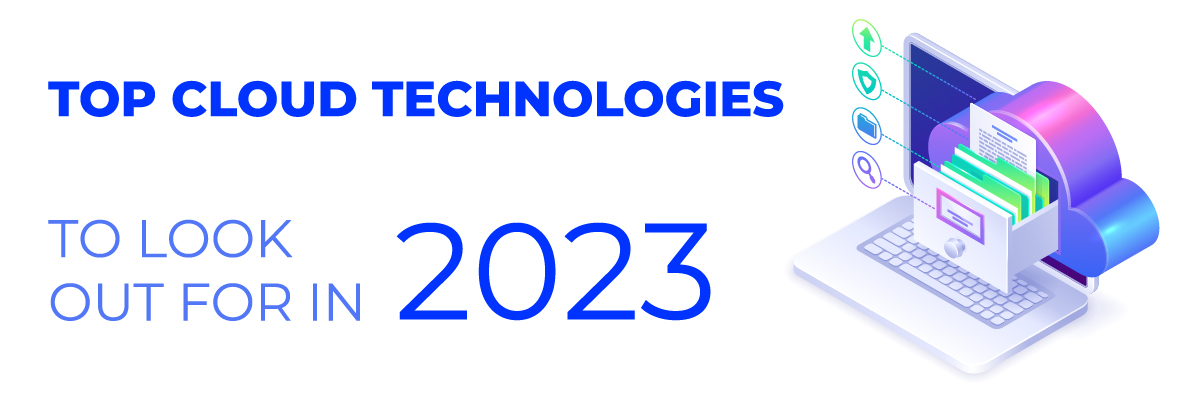
 Artificial Intelligence and Machine Learning Integration
Artificial Intelligence and Machine Learning Integration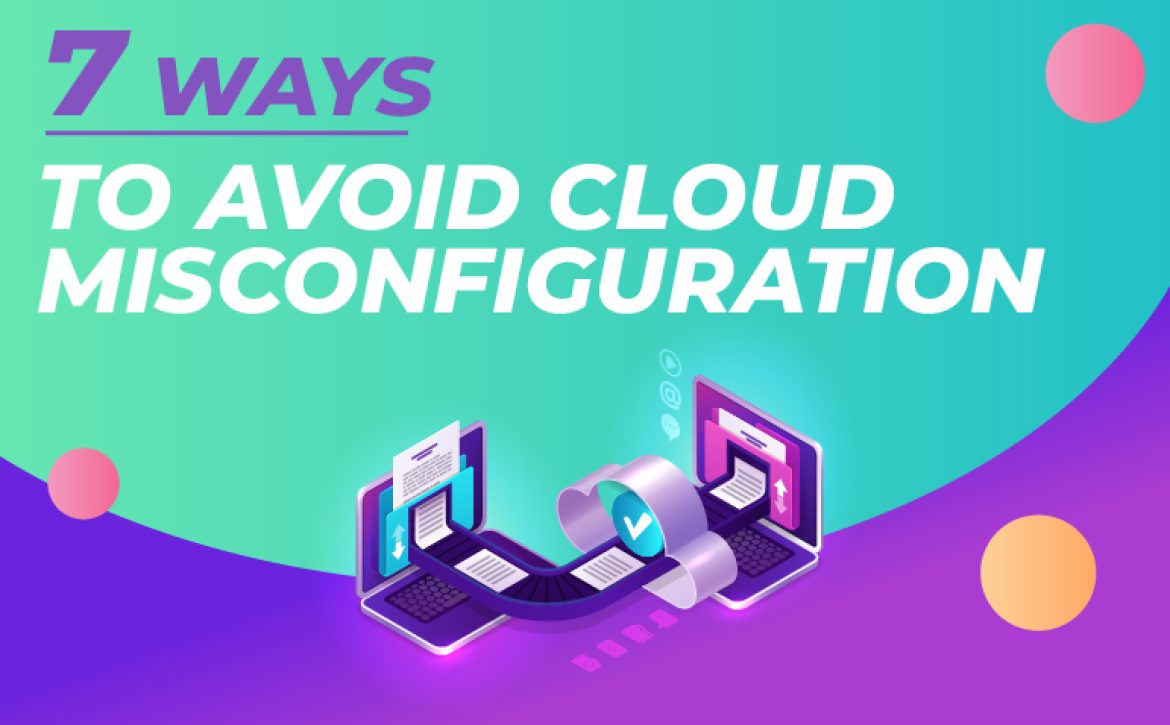
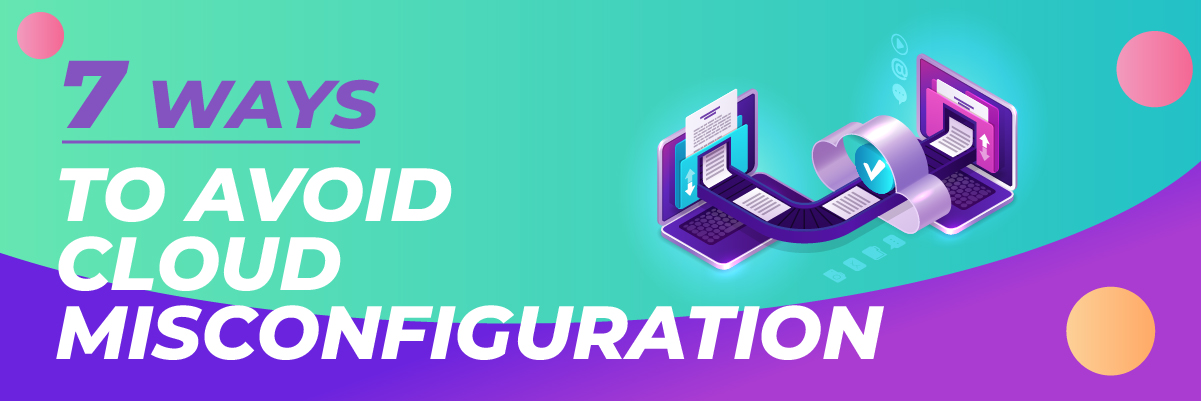
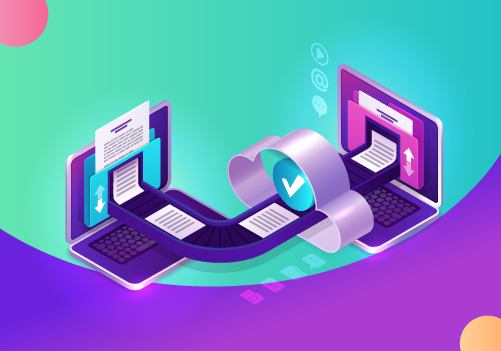 How to Avoid Cloud Misconfiguration?
How to Avoid Cloud Misconfiguration?
